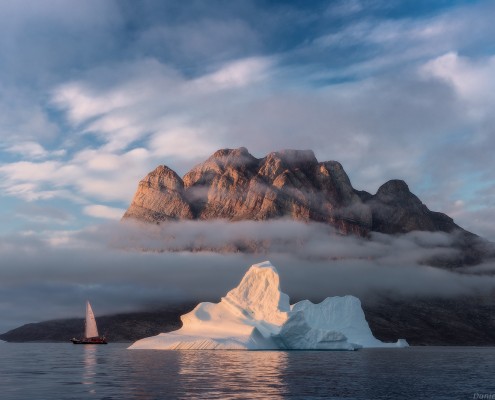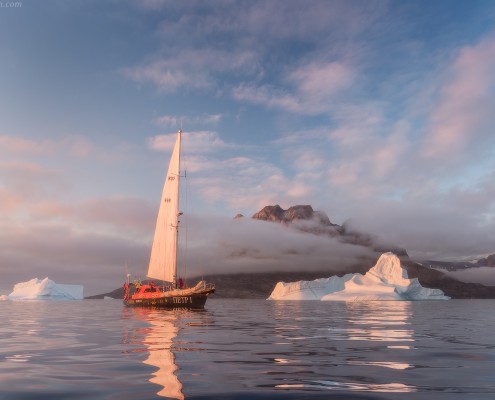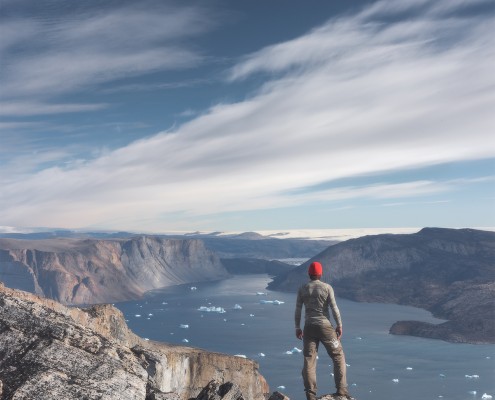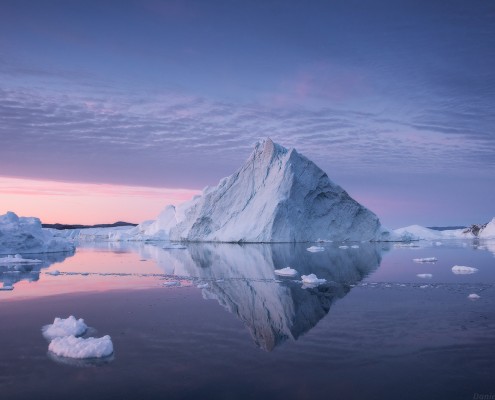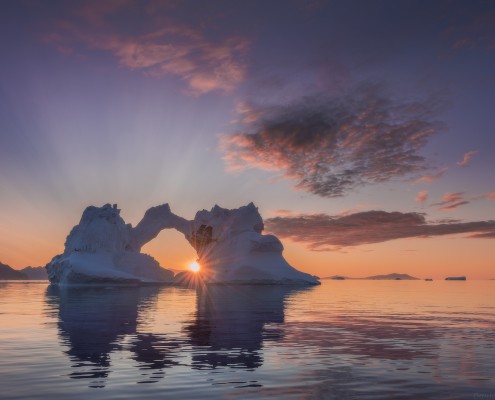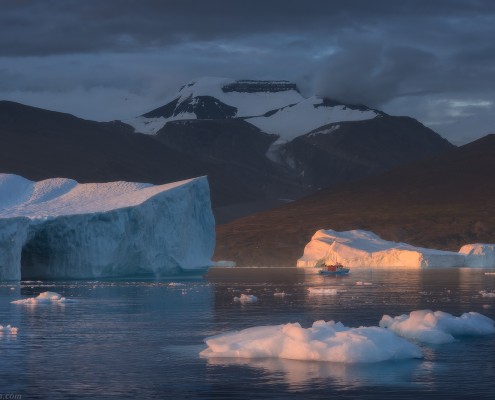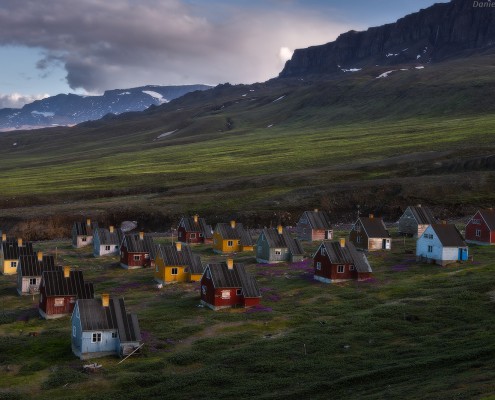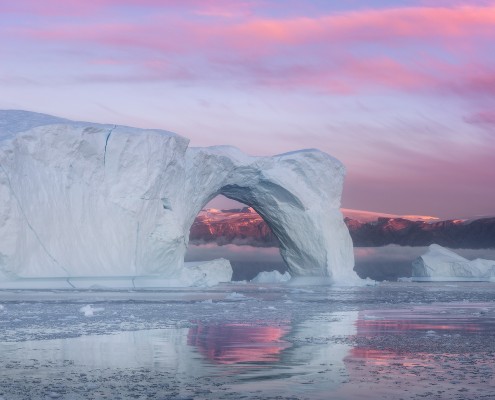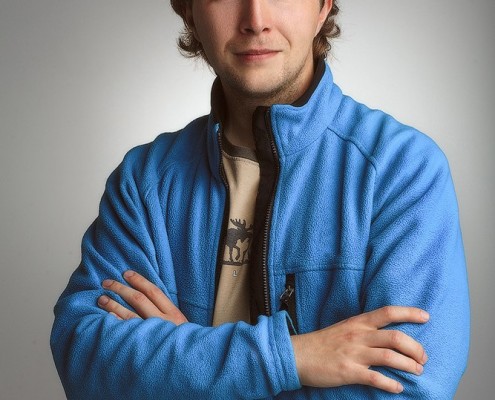July 2016 we go on an expedition with “Peter-1” yacht team to Spitsbergen. It’s an unforgettable 12-days trip across the Arctic together with a small team of 6 photographers. We’ll focus on animal kingdom and on the beautiful arctic landscapes. Spitsbergen means deep fjords, peaks’ snow caps, glaciers and of course polar bears. We’ll search for the most interesting scenes taking into account ice situation. Probably there is no better variant for shooting than a small team, 12 days at sea together with experienced sailors in a constant search of beautiful scenes. We went on Greenland photo tour with “Peter-1” team (usually 5 people) brilliantly and several years ago the team set a world record and went on the Arctic world-tour in one season.
The advantages of traveling by arctic class yacht are obvious: big cruises are enormously expensive (about $10,000 usually), the yacht is more mobile and we can listen to every participant’s opinion what is difficult in a team of 30-50 people on board. The big ships can scare away the animals and can’t be as mobile as we are. The yacht has both rigs and a motor. Moreover, we have a quick and maneuver “Zodiac” which can be launched at any moment to get closer to the animals or to go ashore. Safety measures’ questions are paid special attention: satellite phone, navigational system, ice maps and team arming (fires, rifles).
Our timetable is more or less free. Ideally we want to go round Spitsbergen but that’s not the main goal. The main goal is to make beautiful shots of the Arctic, especially animals’ kingdom. One of the main goals is to shoot a polar bear. We’ll see fur seals, whales, walruses and arctic foxes for sure. That’s why we’ll work out our everyday timetable taking into account ice situation and the weather. If we see an animal we’ll try to study it and observe, so it’s very desirable to take telephoto with you. 500 mm, 600 mm lens will be right for a close-up and 300 mm, 70-200 for a long shot and an extender.
“Peter – 1” yacht
“Peter – 1” yacht is an arctic class yacht with a steel jacket equipped with modern navigation system. You can use the kitchen, WC, shower, the main cabin and living rooms – one single cabin, two double cabins and a bunk room. The yacht’s team is 4 or 5 people + 6 photographers on board. There is one zodiac (a motor boat) on the yacht. There are 220 V receptacles (they are sometimes turned off), freshwater supplies (700 + 200 liters).
Arrival – departure
SAS fly regularly to Longyearbyen through Oslo and Tromso. You need Schengen visa for the flight. You are recommended to arrive July, 9. July, 10 we go on “Peter-1” board and our journey starts. July, 20 at night we come back to Longyearbyen. We may fly back July, 21.
Spitsbergen
Since XVII century Spitsbergen was called Grumant. Now it’s the name of one of the laid-up Russian villages on the islands. Since 1194 some Svalbard was mentioned in Norwegian chronicles. Although one can’t be sure that the today’s Spitsbergen was meant. It could possibly be Greenland as well as Jan Mayen. In 1596 the islands were undoubtedly discovered and documented by a Dutchman William Barents who named the main island “Spitsbergen” that means “sharp mountains”. Barents discovered a great number of whales and walruses on the island and in its waters. This gave a start to a large number of fishing expeditions. Approximately at that time the archipelago appeared on the Russian maps as “Saint Russian Islands”. A few years passed and England and Denmark claimed their rights to these lands.
Whale catching
In XVII- XVIII centuries the city was a whale catching base for many countries until almost all the whales were exterminated in this region. Since 1614 the settlement Smeerenburg became Dutch whale catching center. Norway, Iceland and Japan continue this trade even today in spite of International Whaling Commission’ moratorium and export whale meat ban. In 1765 -1766 Mikhail Lomonosov organized 2 sea research expeditions to Spitsbergen led by V.J.Chichagov but the severe climate didn’t let people live on the archipelago permanently and until the beginning of XX century Spitsbergen didn’t have an official Russian presence. Nevertheless the Pomors hunted during the season on the archipelago and the most desperate stayed regularly for winter. At the end of XVIII after whale catching and fur business decline, Spitsbergen was desolated for the next 100 years and was considered terra nullius – nobody’s territory; it means that despite different countries’ nominal claims, the archipelago wasn’t ruled by anybody. The interest aroused only at the end of XIX century when all-the-year-round port access and relatively mild climate make Spitsbergen the main base for Polar expeditions and Arctic tourism.
Day 1 – 10 July
Arrival to Longyearbyen. Overnight in hotel. Hotel is not included in the tour program. We will start the expedition on 11th July.
Days 2 – 10, 11 – 21 July
We will sail all the time with lots of stops scouting for beautiful landscapes and wildlife of Arctic.
22 July
Fly out, 22 July early in the morning we will be in Longyearbyen again.
Pricing:
Total price: 4100 USD
Maximum Number of Participants: 6
Difficulty: easy
Included in the price:
– Accomodation and transportation on yacht
– Instruction and master classes by two professional guides
– Services of professional Arctic crew
– All food
– Fuel
– Taxes and fees
Not included in the price:
– Airfare
– Visas (if applicable)
– Longyearbyen, hotels and food first and last days
What to bring
Gear:
– DSLR camera with tripod and remote shutter release
– A wide angle lens. For example, Nikkor 14-24 or Canon 17-40. Best lens for use in wide-angle scenes or architecture photography
– A middle-zoom lens such as a 24-70 mm
– A telephoto zoom lens, such as a 70-200 mm. Be sure to have additional tripod mount to this lens.
– Super telephoto like 500 mm or 600 mm lenses
Wear:
– Waterproof and windproof jacket
– Waterproof pants
– Warm jacket and thermal pants
– Wellingtons or fishing boots
Tour leaders
Daniel Kordan
Daniel was born in Moscow area. In his childhood he graduated the art school. After that, he is studied in Moscow institute of Physics and Technology and became an optics physicist. During the study he gain experience not only in physics, but also in mountain climbing and hiking, guiding tourist groups in winter and in summer in Russian mountains. Right after graduation he became a guide of photo-workshops and chief editor of “Continent expedition” magazine. This magazine is about travel and adventures all over the world. He has got several awards in photography: Golden Turtle’ 13 Nature nomination winner, National Geographic Russia contest 2013 and 2014 finalist, Best of Russia’13 and ’14 winner, best photographer’13 finalist and others. He is spending most of his time in Norway, Lofoten islands and in Tuscany at villa Gaia, guiding groups of photographers.



